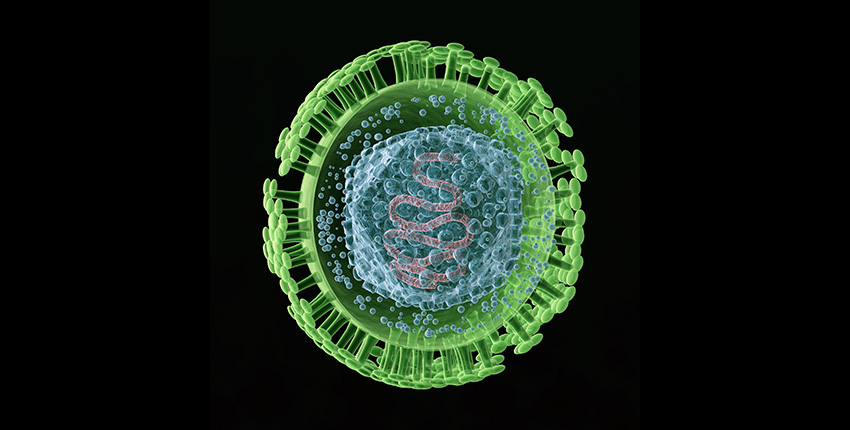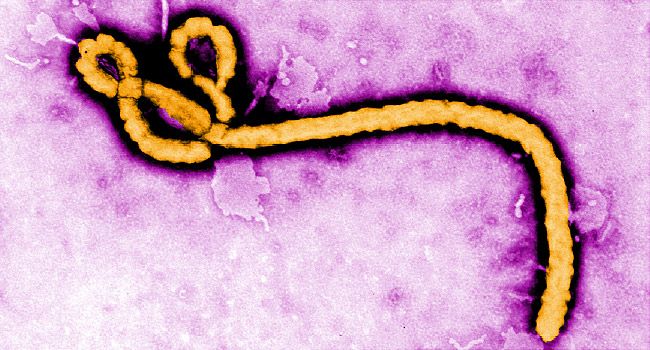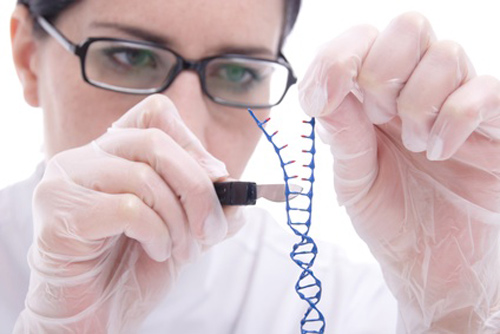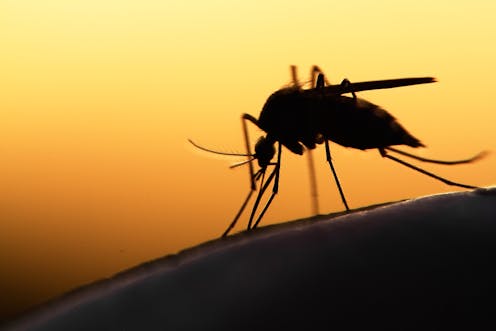Many people experience headaches, but not as many people experience migraines. Migraines tend to cause intense pain in one side of the head, are often associated with nausea, dizziness, auras, light/noise/smell sensitivity, and they tend to last between 4 and 72 hours. For people who regularly experience migraines, it can be debilitating and make it very difficult to plan things as an attack can happen at any time, sometimes without warning. Some people have specific triggers for migraines and some people don't, but most cases of migraines appear to have a genetic component.
A lot of people who are diagnosed with migraines have at least one immediate family member who also experiences them, suggesting that there is a genetic component to a degree. Although some migraines are solely triggered by lifestyle (such as sudden change in diet or daily routine), researchers have found many different gene mutations that could be responsible for migraines. Unfortunately, because there are many different genes and they don't all affect the same pathways in the brain, there isn't one targeted therapy that could wipe out migraines for everyone.
The most interesting thing about the genetic component of migraines is that there has only been one gene (TRPM8) linked directly to a pain pathway. Considering the fact that migraines are so painful, most people would assume that the related genes would directly affect the pain pathway, but in fact most of the mutations cause changes in neurotransmitter concentrations. Instead of the concentrations causing more nerves to fire, they end up in the bloodstream in the brain, and the increased concentration can actually cause the blood vessels to become inflamed. The inflammation is what causes the intense pain sensation in the brain.
I suffer from migraines myself, so to see so many factors playing a role in migraines it makes it hard to believe that there will ever be a cure. Neurologists typically default to checking for lifestyle changes or imbalances of different chemicals that relate to your diet. But for people like me who can't seem to find a trigger for their migraines, it makes me wonder if my genetics are the sole cause for them. If that is the case, I think it will be very hard to find the right treatments for people like me since it is nearly impossible to sense when a migraine is coming on, and most migraine medications on the market nowadays are only effective if you take them the minute you feel the migraine beginning. More research is desperately needed in this subject because if a common pathway is found somewhere, there may be a common treatment that can be used for everyone that regularly experience migraines. At the very least, more research will allow us to further understand the mechanisms behind migraines and perhaps will clear up many of the gray areas that still remain in this condition.
Links for the articles:
Genetics of migraine in the age of genome-wide association studies:
https://thejournalofheadacheandpain.biomedcentral.com/track/pdf/10.1007/s10194-011-0399-0
Molecular genetics of migraine:
https://link.springer.com/content/pdf/10.1007/s00439-009-0684-z.pdf

























